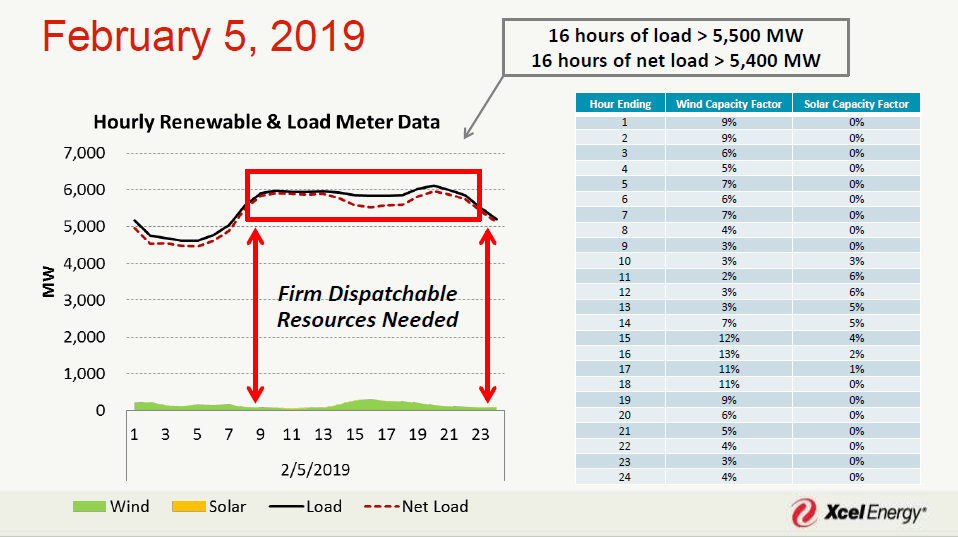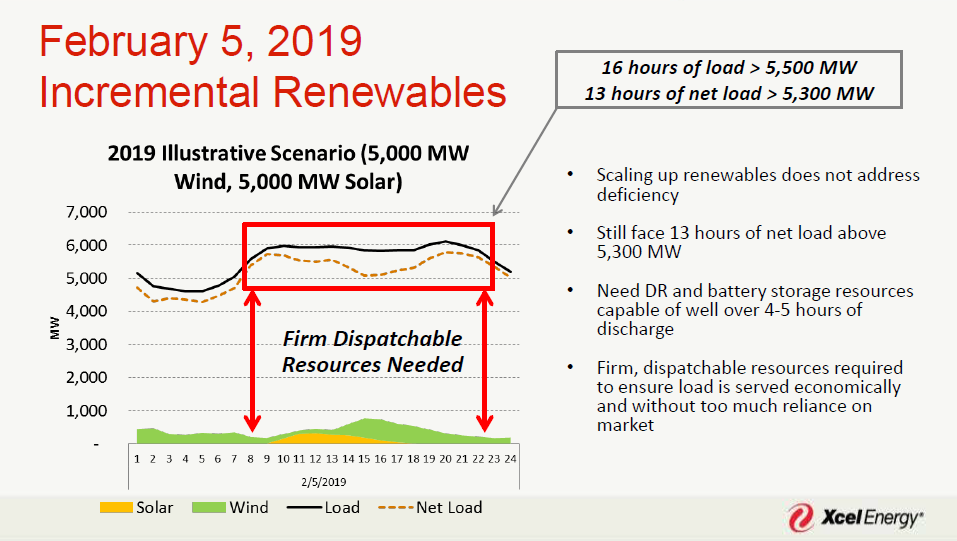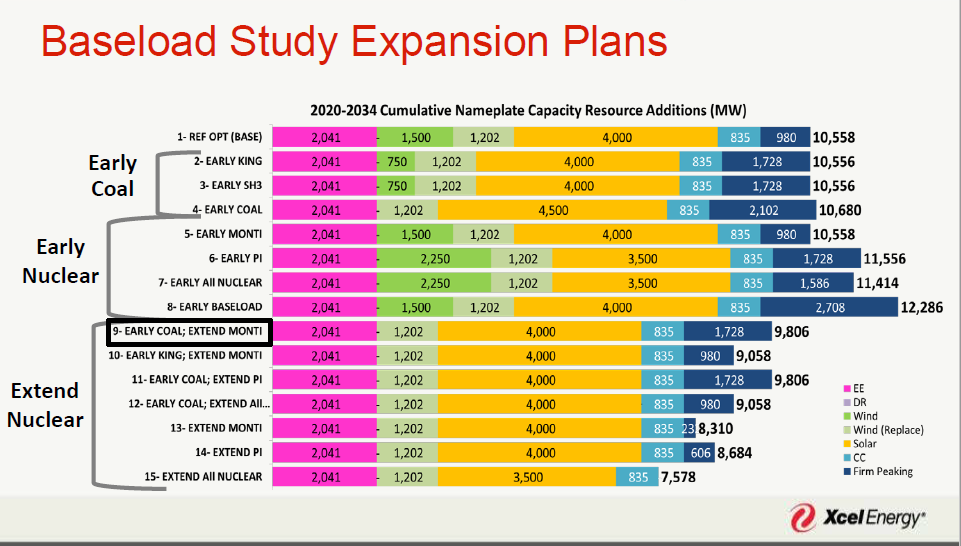Xcel’s Plan to Close Coal Plants Early Is Bad News for Minnesota Families and Businesses
Last week, Xcel Energy announced their desire to shutter the last of their coal-fired power plants a decade earlier than previously planned. If approved by the Minnesota Public Utilities Commission (PUC), the plan would increase electricity costs for Minnesota families and businesses and produce zero measurable reductions in global temperatures.
It would, however, result in handsome corporate profits for Xcel Energy, which would be a direct wealth transfer from everyday Minnesotans, who are forced by the government to buy their electricity from Xcel, to the company’s shareholders.
Minnesota’s coal plants provide some of the lowest-cost electricity in the state. The graph below shows the price of generating electricity at two of the coal plants Xcel plans to close by 2030, the Sherco plant, and the A.S. King plant. These plants generate electricity at lower cost than the cost estimates for new wind per Bloomberg New Energy Finance. I think BNEF’s numbers are unrealistically low, but even using these numbers, coal is the clear winner in terms of cost for consumers.

It’s important to note that even if wind had a lower cost per megawatt hour, it would still deliver less value to the grid because compared to coal, wind and solar are incredibly unreliable.
A case in point. In a presentation last Monday that Mitch Rolling and I attended, Xcel showed the following slide which shows total electricity demand (black line) and the output for wind and solar generation (shaded green and yellow sections) on February 5th, 2019. As you can see in the table on the right, there was hardly any wind on this day, and solar fared even worse. In fact, solar generated just six percent of its potential output at its peak hour.

Some renewable energy advocates have suggested that all we need to do is build an even larger network of wind turbines and solar panels, because even if the wind turbine down the street isn’t blowing, or the solar panel down the road is covered in snow, the wind will be blowing or the sun will be shining somewhere.
This sentiment, too, is incorrect. Xcel Energy also had a slide showing the output of wind and solar if we had 1,300 MW of additional wind and five times more solar than we currently have in the state, and it still would have been woefully inadequate for meeting electricity demand on this day.

I was stunned to see this slide because it is a clear admission that wind and solar are simply incapable of reliably meeting our electricity demands. Despite this admission, Xcel still wants to close down Sherco and A.S. King a decade early, and replace them with a massive amount of solar.
Xcel’s “preferred plan” is scenario 9, Early Coal; Extend Monti in the graphic below, and it would be incredibly expensive. Using using current cost assumptions from the Energy Information Administration’s Annual Energy Outlook for 2019, we can approximate the cost of building the infrastructure Xcel says it will need in order to shut down the coal plants.
At today’s cost:
- 1,202 MW of wind would cost $1.7 billion
- 4,000 MW of solar would cost $7.5 billion
- 835 MW of CC Gas would cost $655 million
- 1,728 MW of Firm Peaking (assumed advanced combustion turbine) would cost $1.2 billion

This brings the total cost of this plan to $11.1 billion to build power plants when electricity demand has been declining, meaning we don’t need any new power plants.
Furthermore, this figure does not include the cost of generating electricity from these plants, building transmission lines, increased property taxes, or the handsome utility profits Xcel Energy will earn from building all of these unneeded power plants. Each of these factors will add to the cost Xcel’s customers would be forced to pay.
It would be one thing if this plan would have obvious benefits for future global temperatures, but Xcel’s plan is all pain and no gain for their customers. In fact, Minnesota could stop emitting carbon dioxide from all of their power plants, and it would only avert 0.00073 degrees C of potential future warming by 2100, an amount too small to be even measured by the most sophisticated scientific equipment. Furthermore, this calculation is based of the impact of the Obama Administration’s Clean Power Plan, which was widely considered to be his signature initiative on climate change.
Xcel Energy should have to tell its customers how much global warming their preferred plan would actually prevent, because that is the point of reducing carbon dioxide emissions in the first place.
American Experiment will be watching this situation closely and conducting our own cost modeling for Xcel’s preferred plan. Thus far, we think this plan is bad news for everyday Minnesotans, but great if you happen to own Xcel stock. At this point, our hope is the PUC rejects this plan due to its reliance on unreliable energy sources and large costs it will foist on consumers.